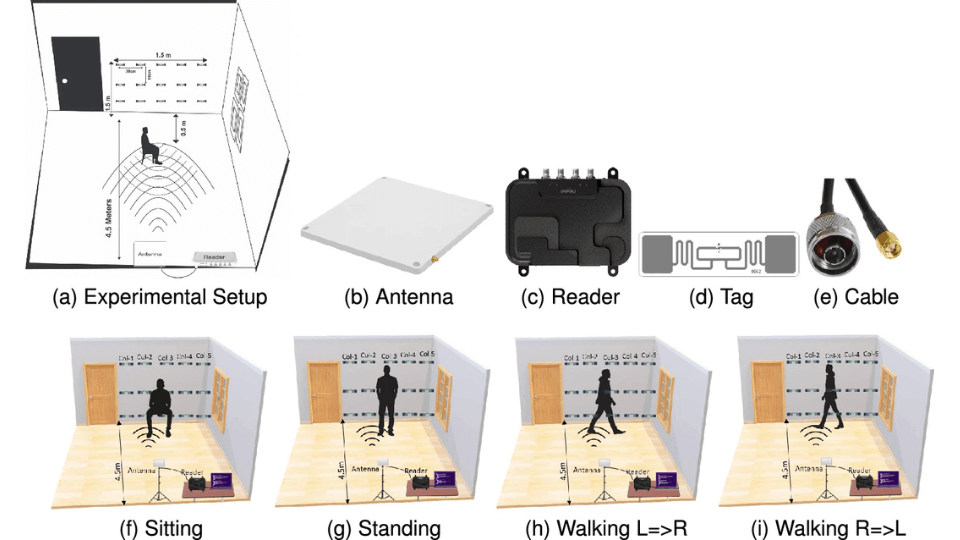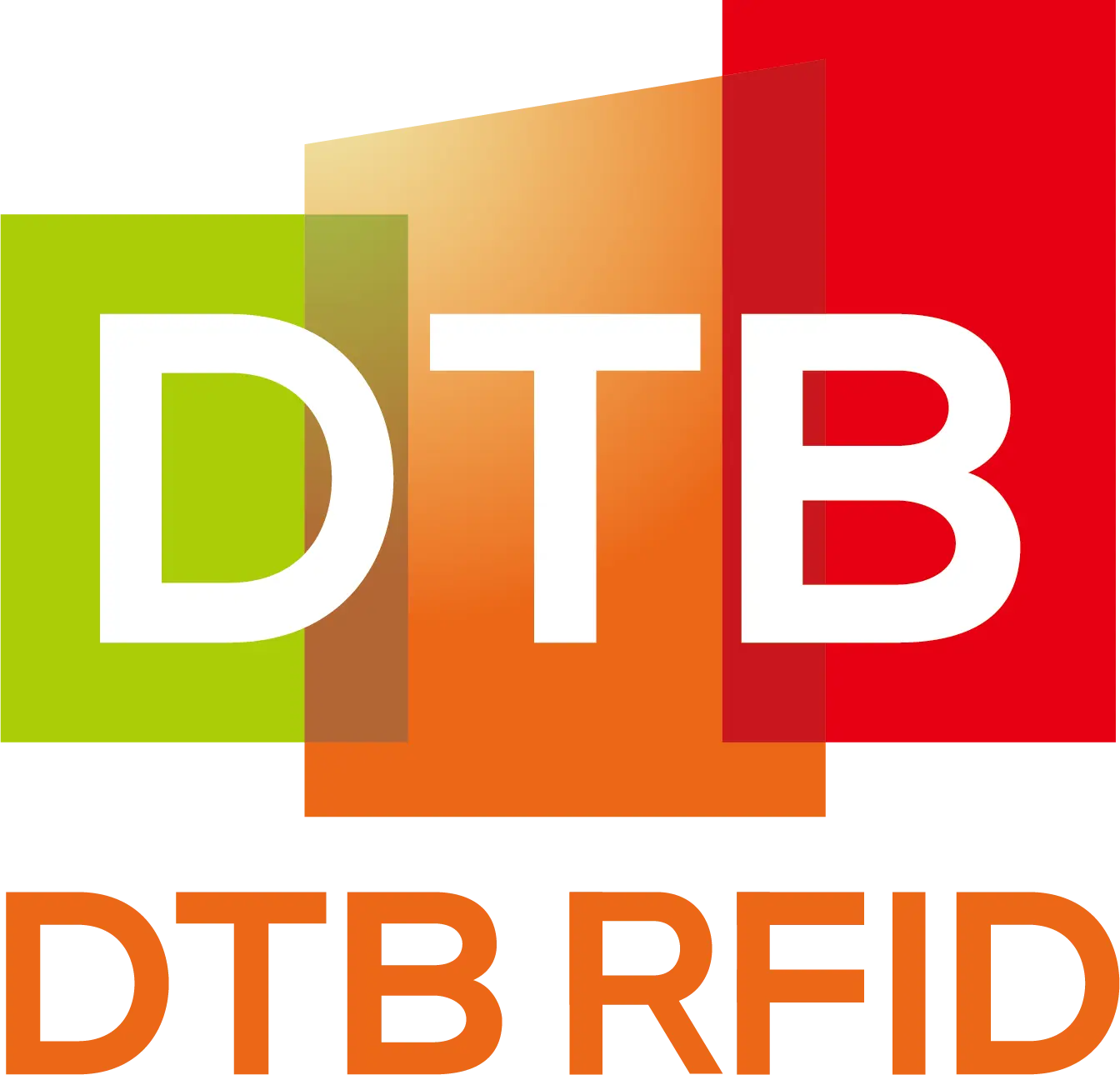Traditional RFID systems rely on readers identifying tags attached to badges or wristbands, commonly used for access control. However, the University of Glasgow has reimagined this approach with the Transparent RFID Tag Wall (TRT-Wall), a system that tracks human movement by analyzing disruptions in RFID tag transmissions instead of reading the tags themselves.
Tracking Without Contact or Wearables
The TRT-Wall system employs non-intrusive monitoring by using RFID tags positioned on walls to detect movements based on signal interruptions. A Human Activity Recognition (HAR) setup utilizes an Impinj R700 RFID reader with circularly polarized antennas, facing a 3×5 grid of tags placed on an opposite wall in a room. When a person passes between the walls, the disruption in signal strength allows the system to interpret their movements, from walking and sitting to falling.

How It Works
1. Signal Disruption Detection:
RFID tags transmit signals disrupted by the water content in the human body. For example, a tag’s response rate may drop from 10 per second to 3-5 when obstructed by a person. These changes help pinpoint the individual’s position and activity type.
2. Activity Recognition:
The system identifies behaviors like arm swings, sitting, or bending based on variations in transmission rates. It can also determine walking direction and posture through response timing and tag placement.
3. Realistic Testing:
Testing conducted in furnished rooms simulates real-world conditions, demonstrating effective tracking in spaces with lateral obstructions like furniture. This provides a practical advantage over systems tested in empty environments.
AI Integration and Future Prospects
The TRT-Wall leverages machine learning and potentially beam steering to enhance data accuracy. Beam steering directs RFID signals toward specific areas for precise monitoring, such as focusing on someone sitting in a room’s corner.
The team is exploring advanced capabilities, such as integrating infrared (IR) sensors and AI to identify individuals based on unique characteristics like heart rate or gait. This opens possibilities for recognizing specific people or filtering out pets and other objects.
Applications Across Industries
1. Healthcare and Assisted Living:
The TRT-Wall provides privacy-sensitive monitoring for individuals at risk, enabling real-time detection of emergencies like falls without requiring wearable devices.
2. Smart Spaces:
It can optimize facility planning in offices by analyzing room occupancy and seating patterns or monitor parking lots by detecting vehicle occupancy through signal disruptions caused by metal objects.
3. Safety and Privacy:
Unlike cameras, the TRT-Wall ensures privacy by eliminating visual data while maintaining robust tracking capabilities.
Challenges and Developments
While effective for tracking single individuals, multi-person detection remains a hurdle. The team continues to refine the system, with a patent pending on this innovative approach, aiming for broader commercial use in diverse environments.
This revolutionary application of RFID technology highlights its potential for creating intelligent, privacy-preserving monitoring systems in healthcare, offices, and beyond.


















